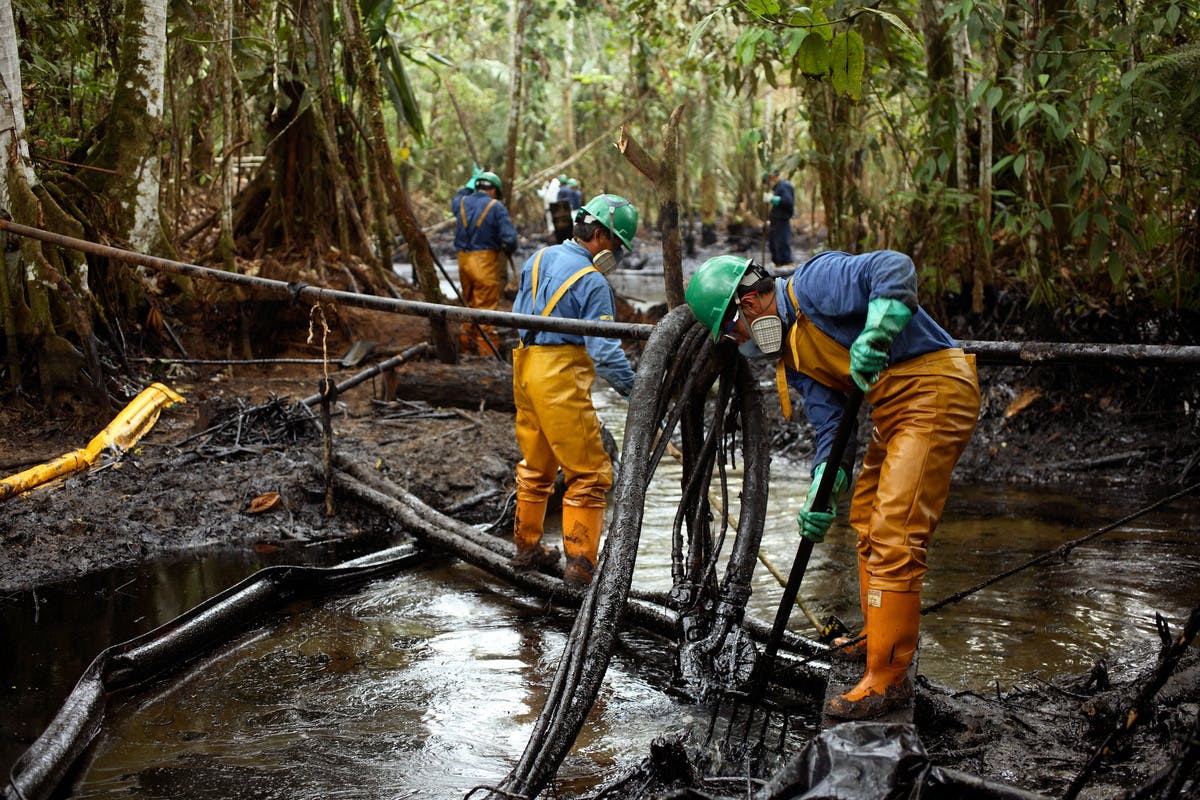
Briefing Note: Fossil Fuel Expansion Threatens Biodiversity
Introduction
Fossil fuel expansion in the Amazon and Congo basins, and the Coral Triangle, as well as in a host of other regions, is an urgent threat that will harm climate stability, the integrity of the world’s most vital ecosystems, and the Indigenous and local communities.
Amazon, Congo and Coral Triangle Fossil Fuel Threats
The relentless growth of fossil fuel exploration in ecosystems that are critical carbon sinks and reservoirs of biodiversity imperils global climate stability, poses a grave threat to biodiversity and the livelihoods of millions of Indigenous peoples and local communities, while undermining progress on all Sustainable Development Goals (SDGs).
The United Nations Secretary-General António Guterres has repeatedly called for fossil fuels phase out in a just and equitable way while massively boosting renewable investment in a just energy transition. The International Energy Agency (IEA) has stated that in order to limit global warming to within the threshold of 1.5°C, pursuant to fulfill Paris Agreement targets, no further fossil fuel expansion must take place. However, with current forecasts, in 2030, governments’ production plans and projections would lead to around 240% more coal, 57% more oil, and 71% more gas than would be consistent with limiting global warming to 1.5°C.
Over 135 million hectares of undisturbed tropical forests in the Amazon and Congo basins – an area nearly six times the size of the United Kingdom – has been designated as oil and gas blocks (areas already in production or under exploration). Given these imminent threats to the most bio-culturally diverse ecosystems on the planet and to climate stability, urgent action must be taken.
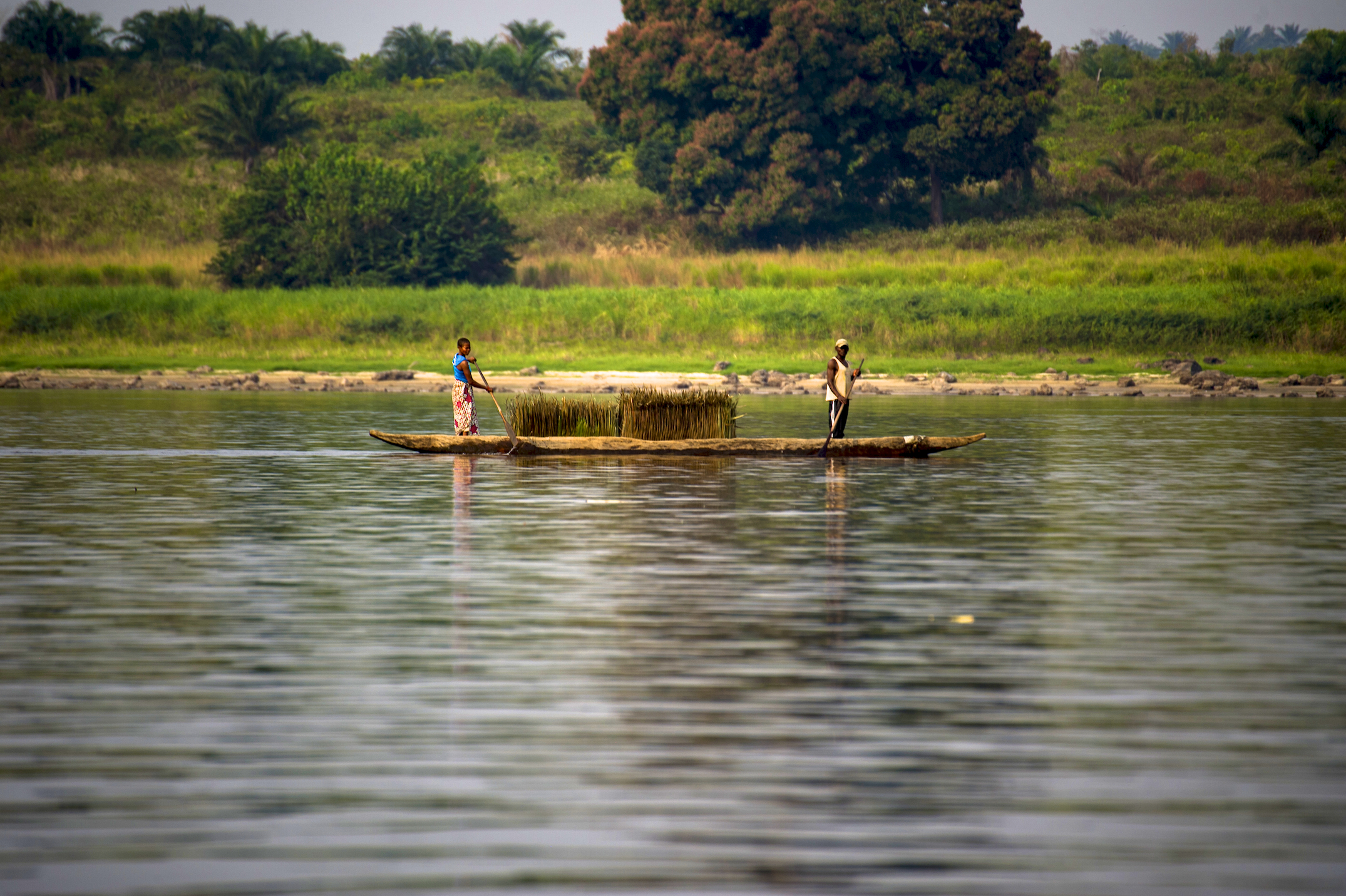
Imminent Threats and Key Facts:
Amazonia
Amazonia is the largest rainforest in the world -spanning nine countries and home to 2-4 million Indigenous Peoples from over 500 different nationalities. It also contains the world’s richest concentration of biodiversity.
• Amazonia is in the midst of a tipping point crisis that threatens the rainforests’ very existence. It is imperative that 80% of the forests and ecosystem be protected.
• An estimated 65 million hectares of undisturbed tropical forest (an area nearly twice the size of Poland) now overlap with existing or planned oil and gas blocks in the Amazon Basin.
• More than 25 million hectares of Indigenous Territories are now in oil and gas blocks.
• Over 12 million people living in more than 10,000 villages, towns, etc. are now in oil and gas blocks.
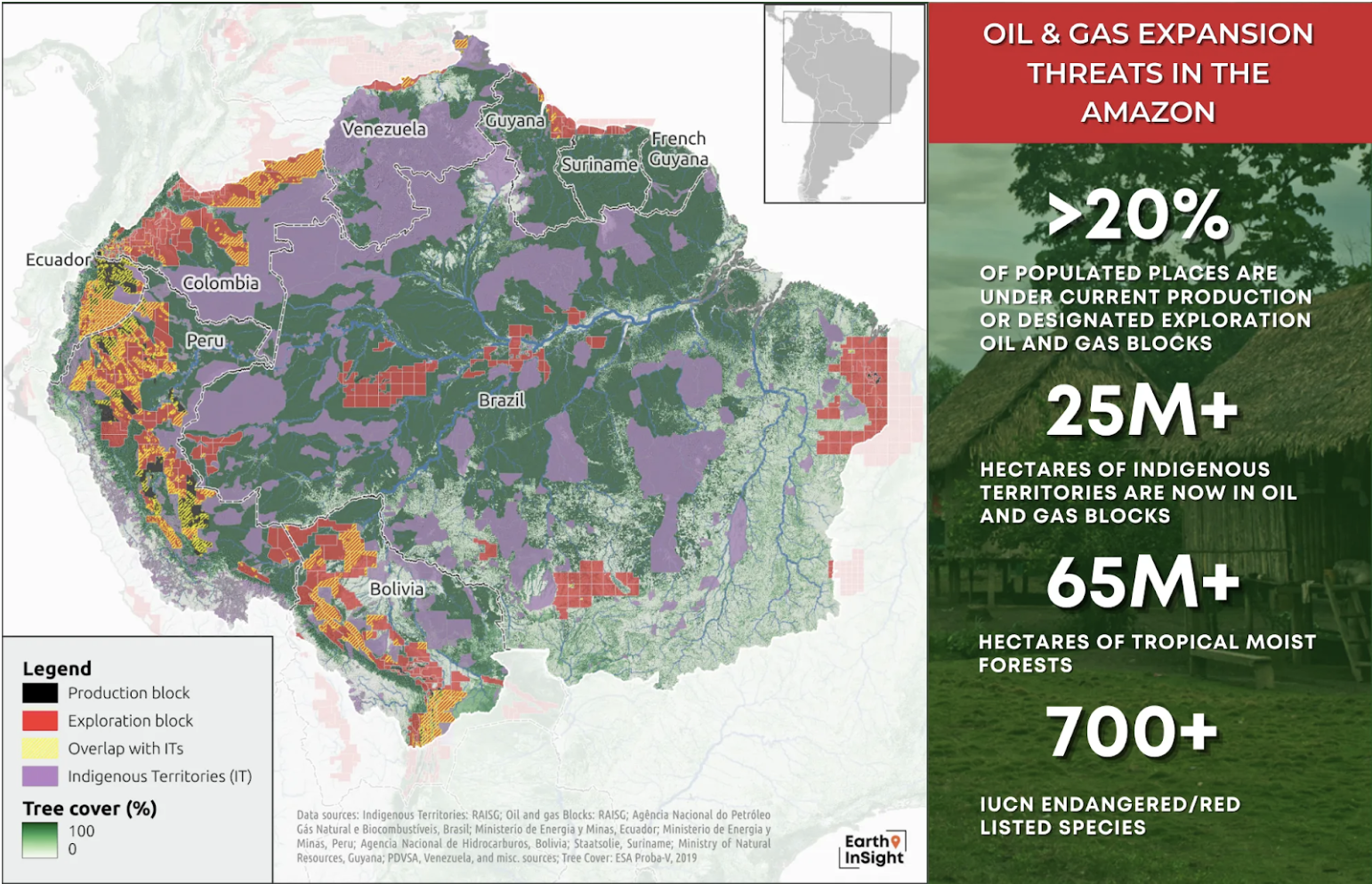
Oil and gas expansion threats in the Amazon
A map by Earth Insight
Africa and Congo
Congo Basin’s undisturbed tropical forests and wetlands are vital for its people, wildlife, and the future climate stability of the planet, being the largest carbon sink in the world. Over 150 distinct ethnic groups call the Congo Basin home.
• On a continental scale in Africa, exploration blocks are nearly four times the current area in production — representing a significant potential increase for oil and gas expansion.
• Oil and gas exploration blocks overlap more than 30% of undisturbed tropical forests in Africa, of which 90% are in the Congo Basin.
• More than 70 million hectares (an area nearly twice the size of Germany) now overlap with oil and gas blocks in the Congo Basin.
• Over 150 distinct ethnic groups call the Congo Basin home and over 32 million people, or more than 20% of populated places in Congo Basin countries, are now in oil and gas blocks.
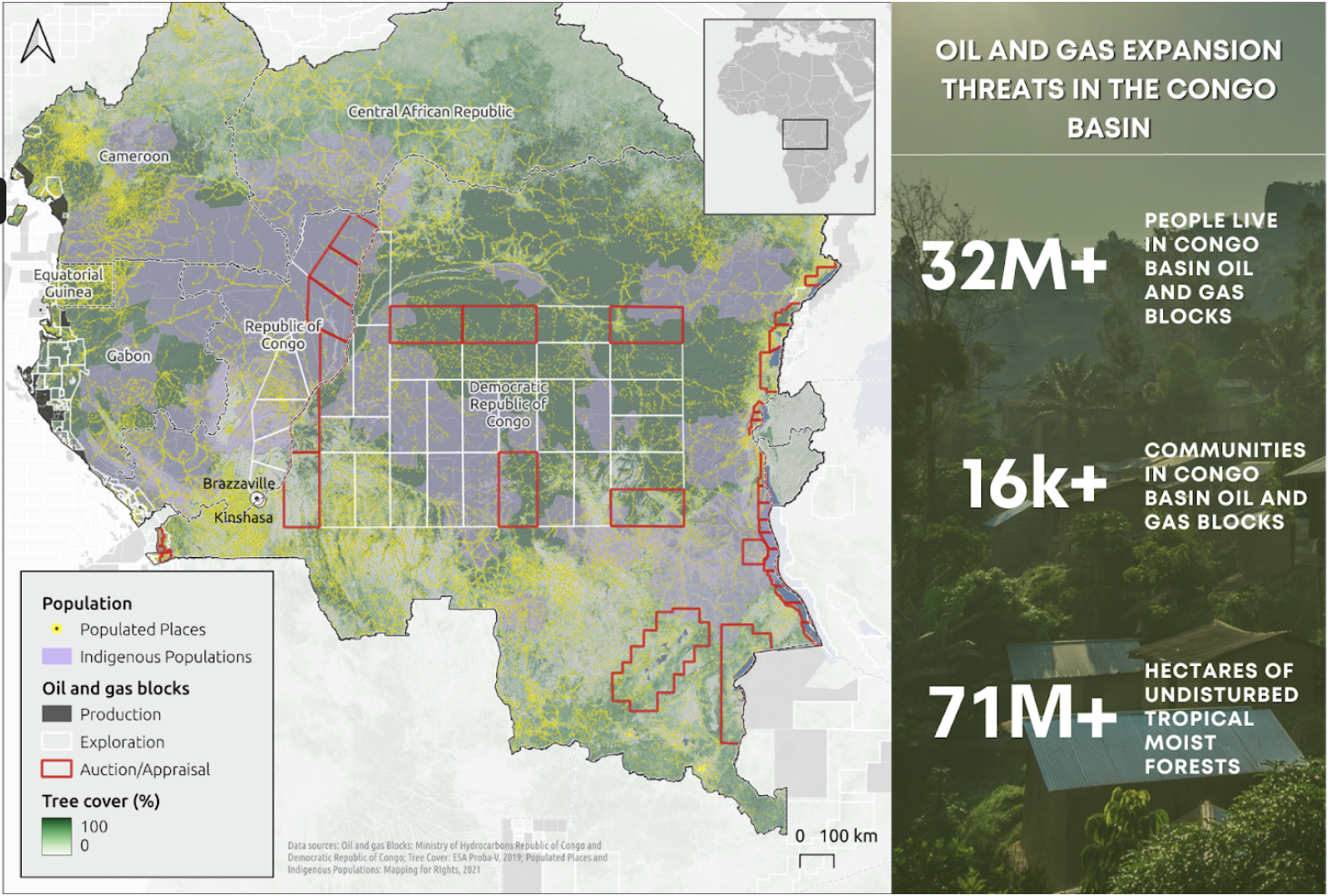
Oil and gas expansion threats in the Congo Basin
A map by Earth Insight
The Coral Triangle
The Coral Triangle is one of the most biodiverse marine ecosystems on the planet that occupies just 1.5% of the world’s total ocean area while containing 30% of the coral reef area of the planet. It is home to 76% of the world’s coral species, over 6,000 species of f ish, over 16 species of whales and dolphins and nearly all marine turtle species. This region supports the livelihoods of more than 120 million people in coastal communities by providing food and income, especially from a multi-billion dollar nature-based tourism industry.
• Over half of reefs in the Coral Triangle area are under oil and gas blocks.
• Over 300 oil and gas blocks overlap with this critical area.
• Regional governments are planning for large expansions, including 118 LNG terminals which have been proposed or are currently in construction.
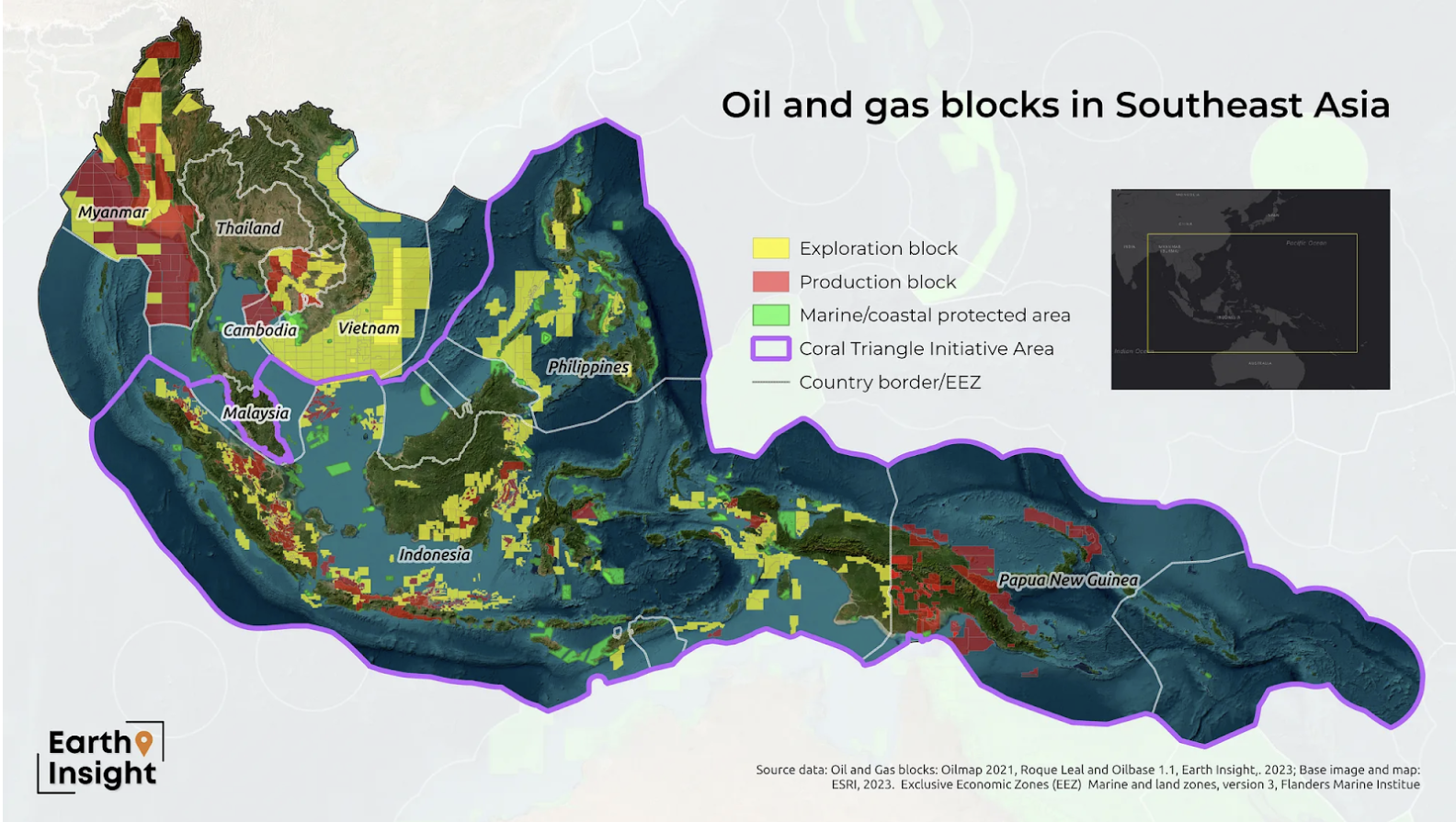
Oil and gas blocks in South East Asia
A map by Earth Insight
Other Threats to Critical Ecosystems and Indigenous and Local Communities
Proliferation of industrial expansion from energy transition mining, as well as logging, agribusiness and other extractive industry threats is also putting in danger critical ecosystems and Indigenous and local communities. In the context of a green low carbon energy transition, minerals such as nickel, lithium, cobalt, and copper, are in high demand due to the growing reliance on battery technology.
The increased extraction of these resources poses a threat to the rights and lands of Indigenous communities, where various untapped reserves of transition minerals are situated. An equitable shift towards a green, low carbon economy will demand that governments and businesses adhere to and implement the UN Declaration on the Rights of Indigenous Peoples, which includes the right to a Free, Prior and Informed Consent (FPIC). Furthermore, drawing on The Kunming-Montreal Global Biodiversity Framework (GBF), there is a call on states to commit to declare 30% of Earth protected –including world’s lands, inland waters, coastal areas and oceans– for conservation by 2030 (30x30 agreement).
The GBF emphasizes “ecologically-representative, interconnected, and equitable-governed systems of protected areas and other effective area-based conservation measures” recognizing Indigenous and traditional territories and practices. (Target 3 GBF)
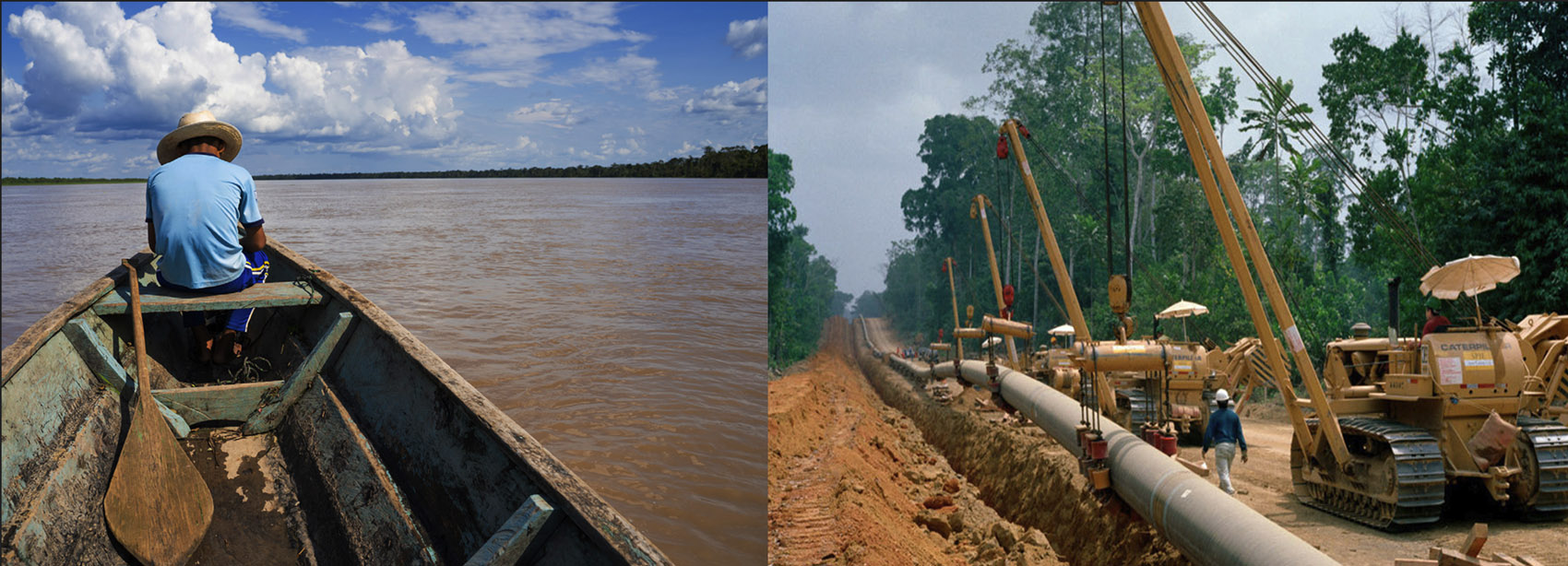
Solutions
Oil and gas drilling is a gateway to deforestation, both of which are massive drivers of climate warming and chaos. New policies and financial mechanisms are critical to stopping oil and gas expansion in areas that are critical to global climate stability.
Solutions Include:
New financial strategies focused on protecting and restoring the Earth’s most intact and vulnerable ecosystems and transforming the global financial system to be more sustainable and equitable. The Bridgetown Initiative, for example, incorporates elements such as conditioned debt forgiveness, innovative financial mechanisms, and collaborative partnerships for nature protection. The 10-Point Plan for Financing Biodiversity also puts forward a framework for financing bold climate and biodiversity action.
Widespread commitments to the Fossil Fuel Non-Proliferation Treaty from governments, organizations and individuals around the globe to demand action towards accelerating a transition to clean energy for everyone.
Increased country-level commitments to the principles of the Beyond Oil and Gas Alliance, which focuses on elevating the issue of oil and gas production phase-out through international dialogue and action.
Commitments from banks and financial institutions to stop financing destructive oil and gas expansion and other industrial activities in critical forest basins and ecosystems, for example through platforms such as Exit Amazon Oil and Gas.
National Determined Contributions (NDCs) with appropriate and effective plans and financing that enable protection of critical ecosystems and climate stability, including explicit and meaningful short term commitments for fossil fuels phase out.
Moratorium on all industrial activity in primary forests until 2050 to safeguard critical ecosystems while allowing time and space to develop appropriate plans and financing.
Expansion of global Indigenous peoples and other local communities’ land tenure, access and resource rights, direct funding for co-management, and respect of the UN Declaration on the Rights of Indigenous Peoples, including FPIC.
The Amazonia for Life: 80% by 2025 Declaration from Indigenous federations across the Amazon calling for expanding indigenous rights, territories, and funding, conditioned debt forgiveness, clean financing, and supply chains, ending extractive activities in primary and priority forests, and restoration.
Restoration efforts and local bioeconomy solutions, based on effective ecological practices from traditional Indigenous knowledge, should be uplifted and supported, while ensuring that primary and priority forests and other critical terrestrial and marine ecosystems are protected.
Scaling up direct support to forest and coastal communities and other frontline defenders whose conservation efforts play a fundamental role in preserving biodiversity, critical ecosystems and supporting climate stability.
Unlocking the vast potential of renewable energy by harnessing and maximizing the capabilities of sustainable energy sources to meet the world’s power needs while averting the use of fossil fuels.
Addressing Sovereign Debt: A Problematic Driver and a Powerful Solution
Sovereign debt has traditionally been a driver for exploitation of natural resources, disrupting ecosystems and hindering sustainable development. For instance, there are high debt numbers in high biocultural diverse regions:
• Amazon basin reaching approximately a trillion US dollars
• Congo basin reaching approximately 40 billion US dollars
• Coral Triangle over 1.2 trillion US dollars
Debt distress needs to be addressed through financial mechanisms, such as debt-for nature swamps, allowing for portions of debt to be forgiven, in return for making commitments to invest in the preservation of biodiversity. Conditioned debt forgiveness can leverage tens of billions in debt repayments as a mechanism to advance protection for some of the world’s most intact and vulnerable ecosystems. With international momentum building for a transformation of the global financial system to support nature protection, there is a critical window in time to leverage existing financial resources in play in the form of debt as a tool for keeping fossil fuels in the ground and advancing expanded protection for nature and the rights of Indigenous peoples and local communities.
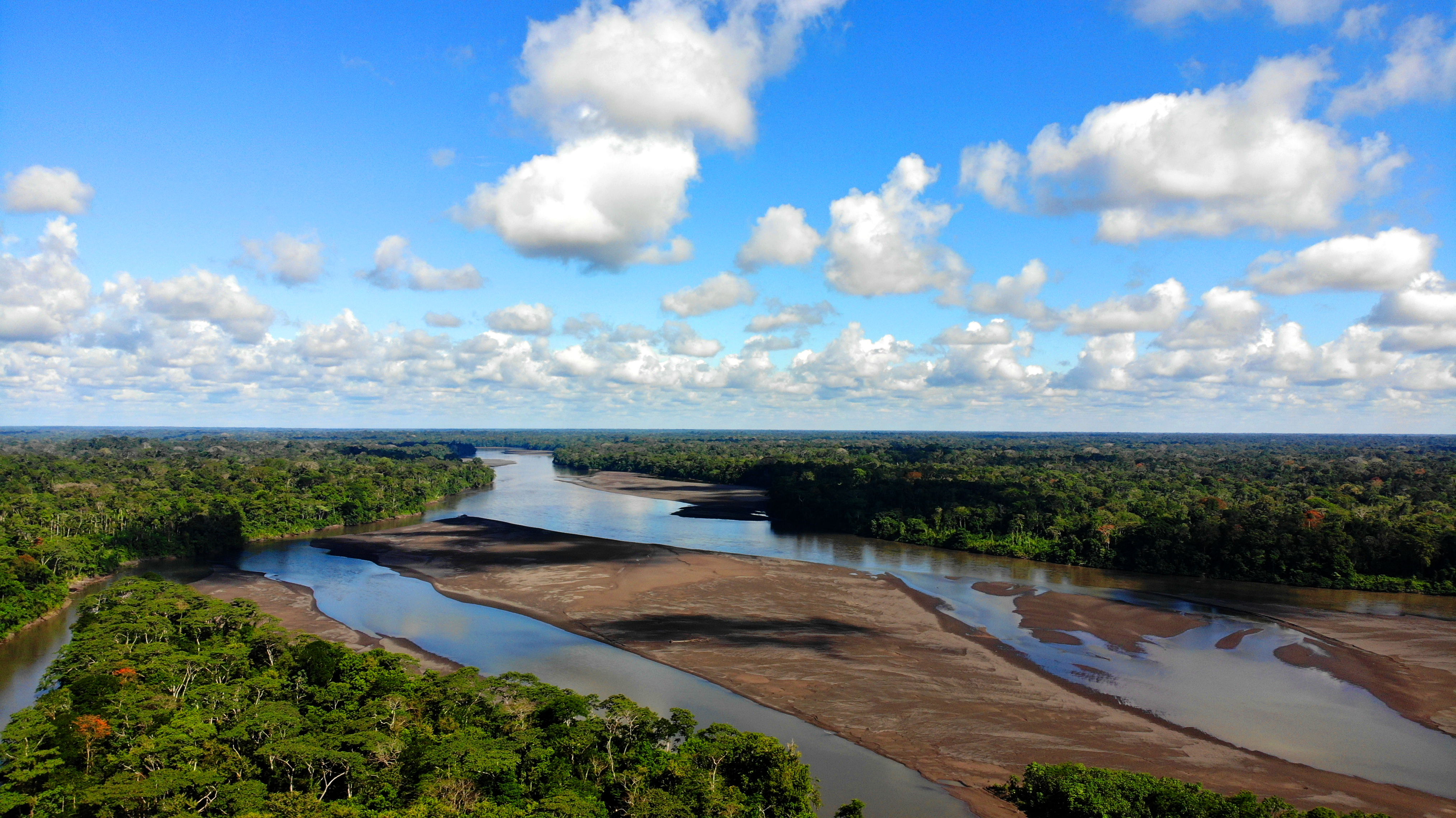
Additional Data
Several recent reports underscore the global need to end oil and gas expansion – especially in these and other critical forest basins and ecosystems:
Crisis Point: Oil and Gas Expansion Threats to Amazon and Congo Basin Tropical Forests and Communities
Congo in the Crosshairs: New Oil and Gas Expansion Threats to Climate, Forests, and Communities
Amazonia Against the Clock: a Regional Assessment on Where and How to Protect 80% by 2025
Fuelling Failure: How coal, oil and gas sabotage all seventeen Sustainable Development Goals.
BankTrack’s Dodgy Deals can be found here. In particular see profiles on the DRC oil & gas auction; oil and gas exploration in Virunga National Park; and the related East African Crude Oil Pipeline (EACOP); and on Petroperú
RAISG and the Amazonia Under Pressure series
Amazonia Against the Clock published by the Amazonia for Life: 80% by 2025 coalition
Amazonia for Life Resources: (UN Permanent Forum tools)
The Exit Amazon Oil and Gas Platform can be found here

